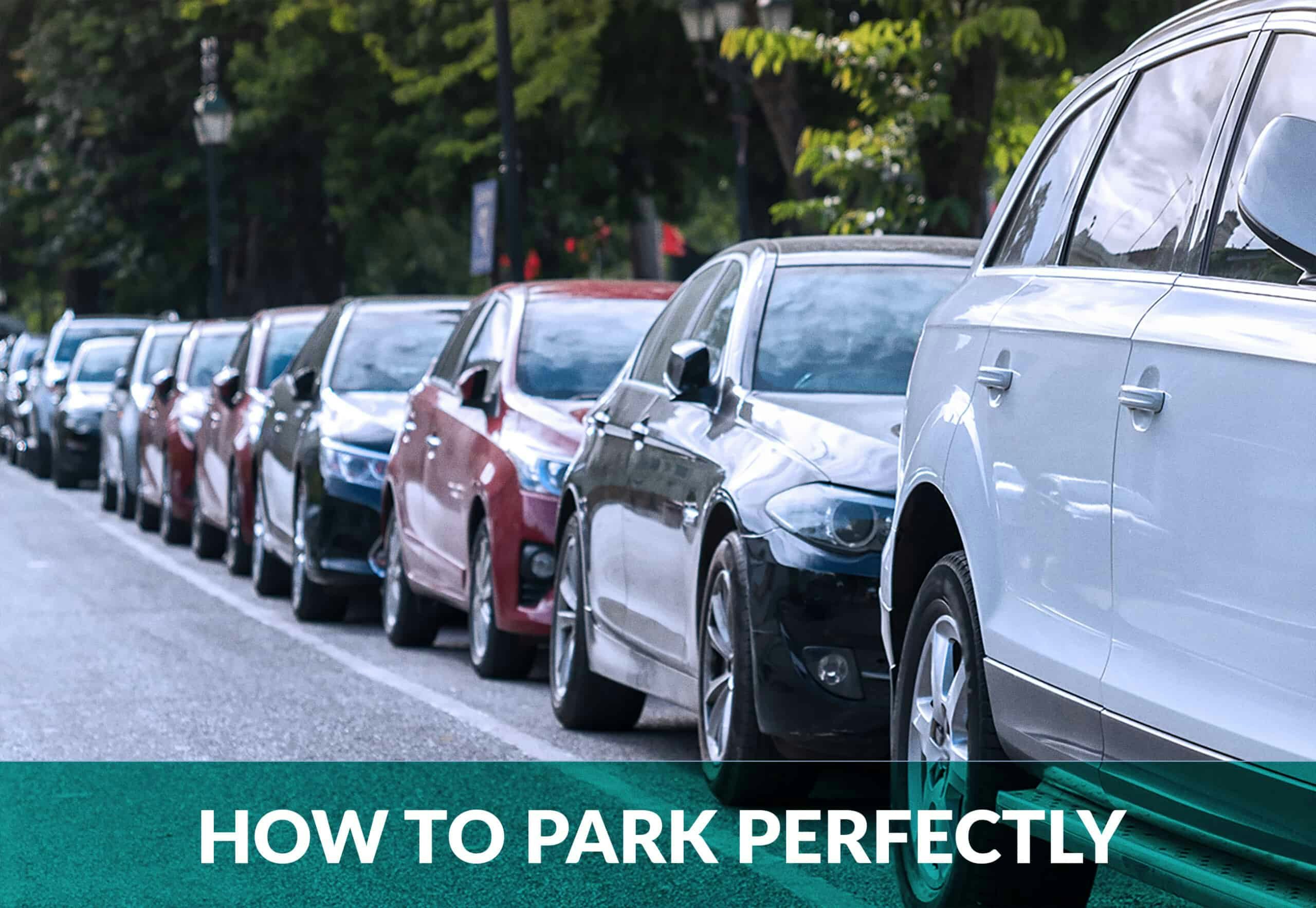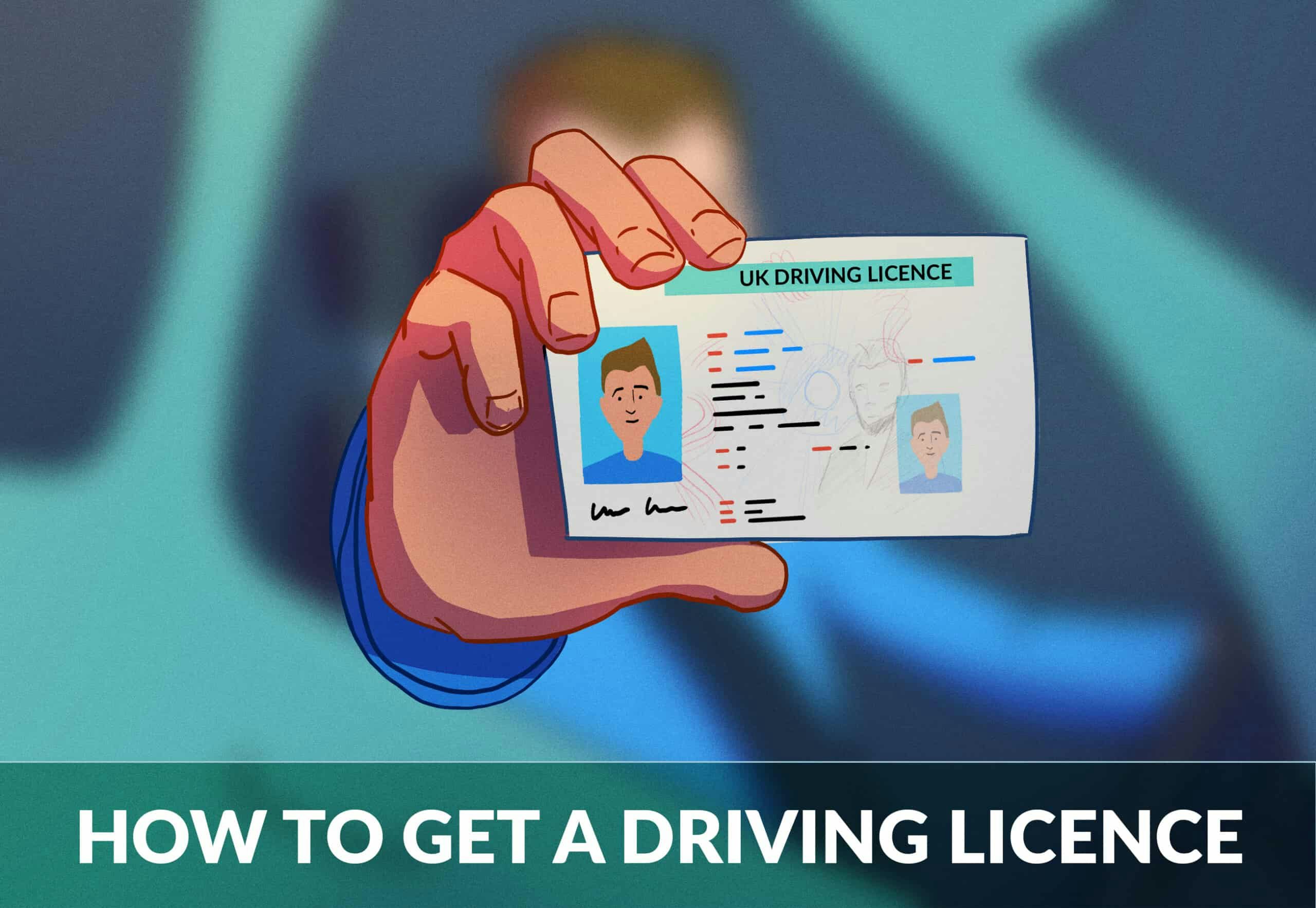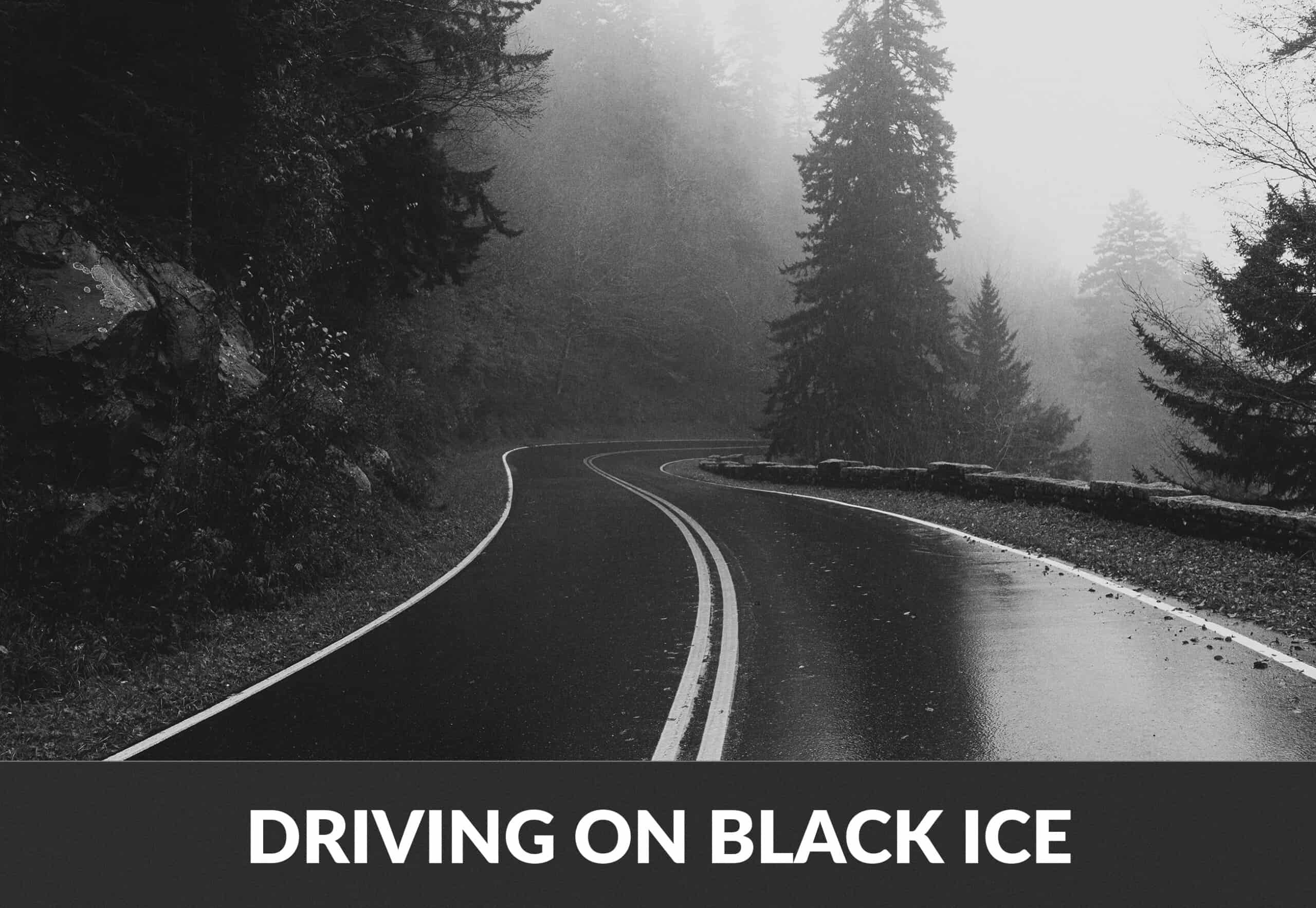
Driving on Black Ice: What it Is, How to Handle it & Why it’s Dangerous
The weather is getting colder and it’s time to prepare for seasonal driving hazards and slippery roads. One of the most dangerous winter weather driving hazards is black ice – which is a nearly undetectable patch of ice. Icy roads tend to catch thousands of British drivers off guard each year, with upwards of 40% of all winter-driving accidents being a result of ice, rain, or snow.
In this article, we’ll go over what black ice is and how to handle it.
What is Black Ice and Why is it Dangerous?
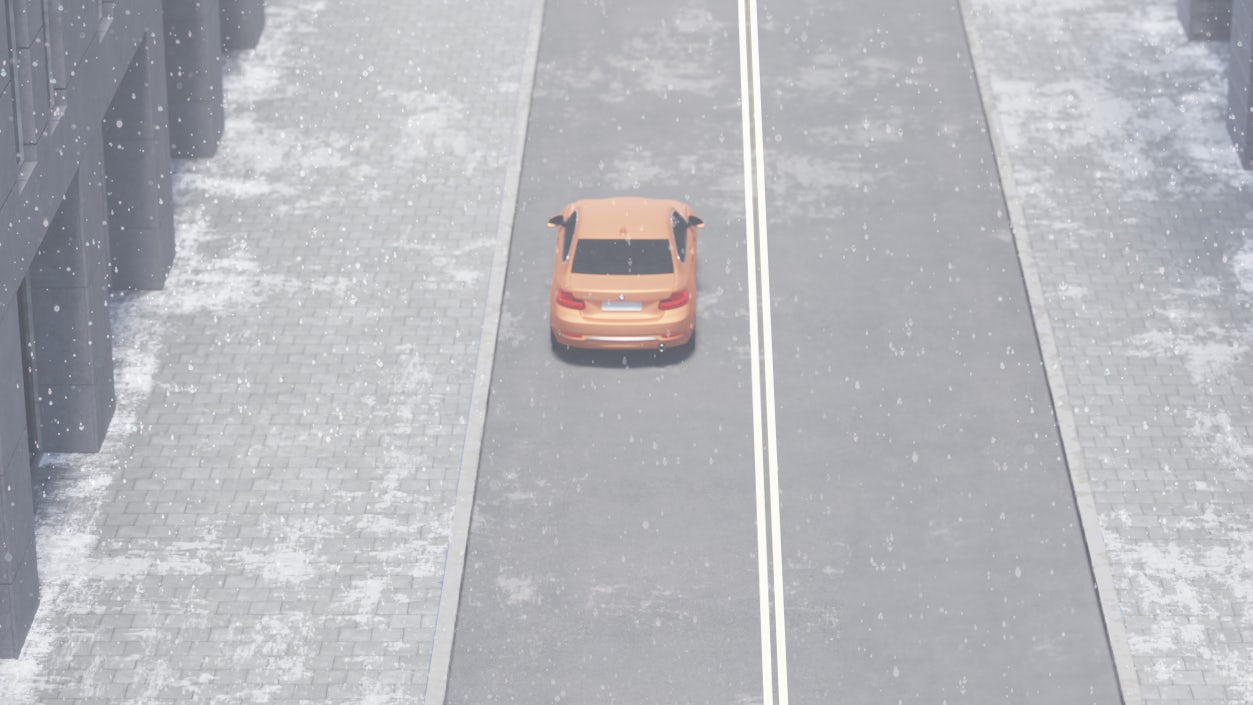
Don’t get fooled by the name – black ice is not actually black. Black ice is a highly transparent sheen of ice, which almost blends perfectly with the pavement because it is so thin and clear, allowing the black road below to be seen through it. It is especially hard to detect at night or during hazardous weather conditions.
Black ice is extremely dangerous because it is so hard to detect before you find yourself driving on it, not to mention the fact that it’s very slippery. This leads to sudden skidding, loss of control, and much longer deceleration and stop times.
The danger is not limited to the roads. If a pedestrian or cyclist travels on black ice on the sidewalk, pedestrian crossing, or other pathways, they risk falling into the path of oncoming traffic. So you have to be vigilant of everyone around you, not just your own vehicle.
How Does Black Ice Form?
Since it will be difficult to see black ice (sometimes before it’s too late), you need to know when it forms. In general, it forms when the road is at or below freezing temperature and:
- It rains enough for a thin sheen of ice to freeze on the road.
- Snow or sleet melts and then refreezes.
- When a heavy dew or fog condensates and freezes on the road (rare).
Where is Black Ice Commonly Found?
Black ice can form anywhere on the road, especially in below-freezing temperatures. However, extra precautions should be taken in areas that do not get much sunlight, for example around curves. These areas tend to freeze first and remain frozen the longest. Also, take extra caution near bridges and overpasses.
Bridges are exposed to the chilled air from above and below, often making them colder than the surrounding pavement – this environment is perfect when it comes to creating hazardous road conditions.
What if You Hit Black Ice?
Try to stay calm. Ease off the gas pedal, shift into a lower gear, and keep the steering wheel straight. Brake gently – do not hit the brakes! Steer the car in the direction you want to go. Do little and simply let your car pass over the ice.
What if You Start to Skid?
- Take your foot off the accelerator
- Allow yourself to decelerate naturally until you regain traction. If needed, very gently use the brakes.
- If you start to skid, carefully turn your car in the direction of the skid. If you are skidding right, turn the wheel to the right to correct it. Try not to jerk the wheel as this will result in over-correcting. Keep your eyes focused on the direction you want to go.
- If the car skids in the opposite direction, turn the wheel in that direction. You may have to do this several times to regain control.
- Don’t panic. If you feel shaken after a skid, find a safe place to pull over and take a breath before continuing on your way.
How You Can Adapt Your Driving to Stay Safe
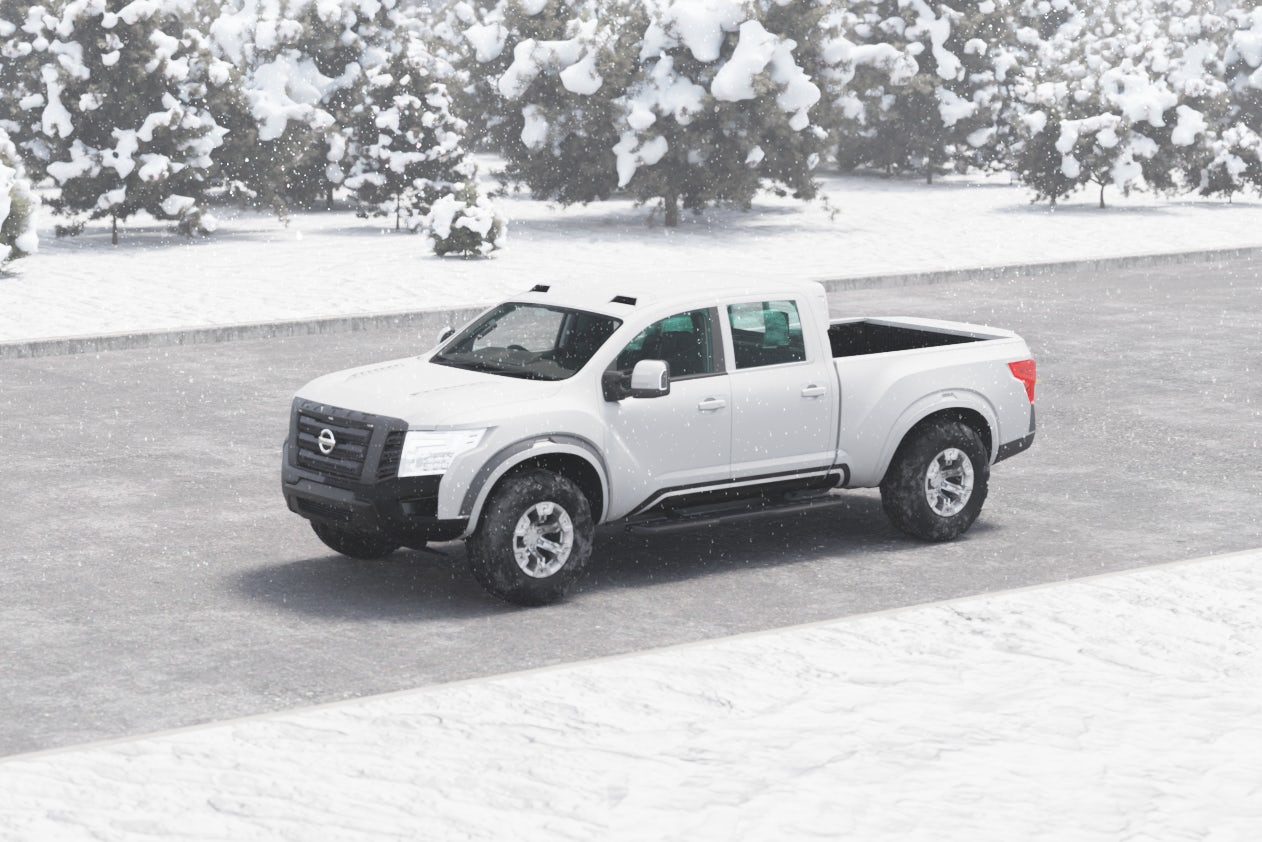
While there is no way to fully avoid black ice, you can reduce the chances of accidents by following safe driving practices. If icy conditions are present, it is best to avoid road travel as much as you can. However, that is not always possible.
Here are some safety tips if you need to drive in wet and freezing temperatures:
- Watch the weather. Always know what you are driving into, so you can anticipate the risks.
- Plan extra time into your commute when you drive. It’s better to be early or late than in an accident.
- Reduce your speed. This will help you keep control if you find a patch of ice. The braking distance can be up to 10 times longer in icy conditions compared to that of a dry road. In some cases, you may need to slow down to a crawl.
- Make sure your tyres have good tread. Good tyres will help you regain control as soon as you can find traction on the road again, and they help reduce the braking distance.
- Increase the following distance. Whenever driving in bad conditions, we recommend increasing the following distance to at least 5 seconds. If driving in icy conditions, you may need to increase the following distance to 7+ seconds. This will add a layer of protection and hopefully give you time to stop should anything happen.
- Go easy on the brakes. Slamming your brakes at the wrong moment can cause skidding and loss of control, so go gentle on the brakes.
- Know where you can stop safely. Know 2-3 places you can stop to wait out bad weather if you find it worse to drive in than you thought. Don’t force yourself to make it to your destination before conditions improve.

550+ exam-like questions
All you need to ace your test
Free trial
Recommended articles
Ace your theory test, guaranteed
Want to Be the Top School in Your Area?
- Simple & automated admin
- More time for teaching
- #1 learning materials for students

